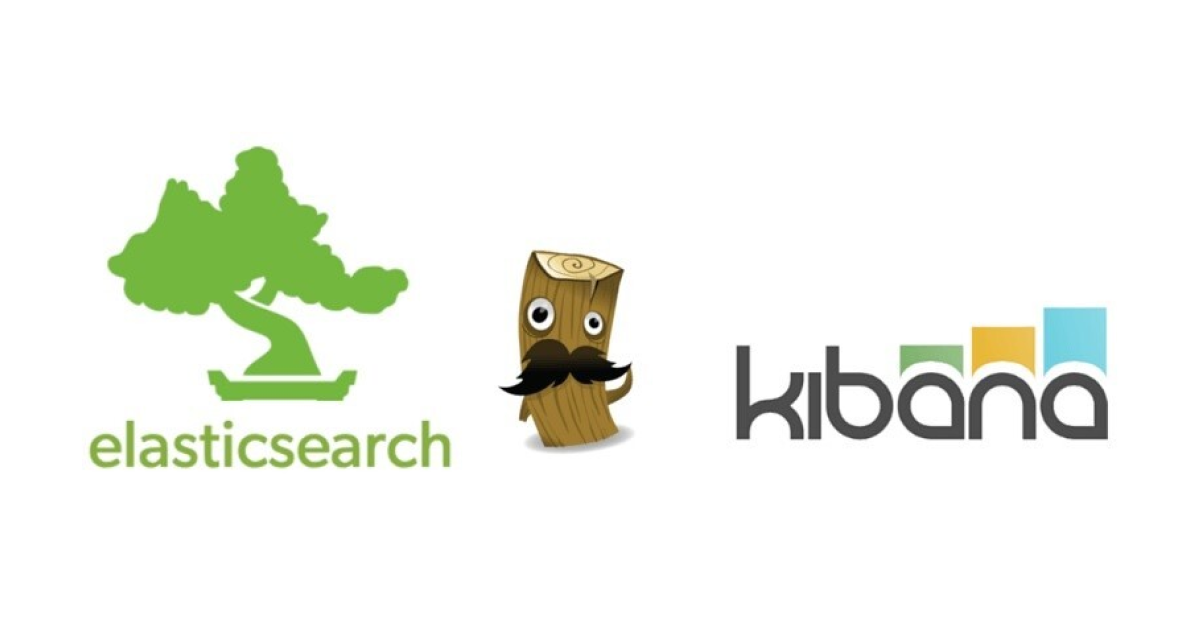[D.N.A] Elasticsearch and Kibana can be called Open Source again. It is hard to express how happy this statement makes me. Literally jumping up and down with excitement here. All of us at Elastic are. Open source is in my DNA. It is in Elastic DNA. Being able to call Elasticsearch Open Source again is pure joy.
[LOVE.] The tl;dr is that we will be adding AGPL as another license option next to ELv2 and SSPL in the coming weeks. We never stopped believing and behaving like an open source community after we changed the license. But being able to use the term Open Source, by using AGPL, an OSI approved license, removes any questions, or fud, people might have.
[Not Like Us] We never stopped believing in Open Source at Elastic. I never stopped believing in Open Source. I’m going on 25 years and counting as a true believer. So why the change 3 years ago? We had issues with AWS and the market confusion their offering was causing. So after trying all the other options we could think of, we changed the license, knowing it would result in a fork of Elasticsearch with a different name and a different trajectory. It’s a long story.
Someone got cold feet, as it seems. I guess OpenSearch started to eat their lunch.
My guess: The reputation is already ruined and this change won’t make much of a difference.
Yeah, most software has probably already migrated to OpenSearch
deleted by creator
I don’t follow. ElasticSearch was only available under proprietary source-available licenses. Now, it’s also available under the AGPL, which is open source, meaning ElasticSearch is now open source software. What part of this is deceptive or contradictory?
deleted by creator
Do you… not know how multi-licensing works? You can use the project’s code under the terms of whichever license you prefer, you don’t use all three at once. Simply putting the AGPLv3 does remove unfair restrictions, because it means you don’t have to use either of the proprietary licenses the project was previously only available under.
deleted by creator
The SSPL is irrelevant, you pick the AGPL license and the SSPL doesn’t apply to you.
Qt is dual-licensed as proprietary and LGPL and nobody complains about that, KDE is in most distro’s repos. You pick the LGPL licensed version and you’re good to go, the proprietary license doesn’t apply to you.
What benefits does the developer get from using both licenses, if the user gets to decide which one to use? Serious question, by the way. I truly don’t know.
The developer benefits from reaching more people, some of whom are likely to purchase the proprietary license. Or sometimes you dual-license just so that licenses are compatible. Each license has pros and cons for both the developers and the users.
Qt for example, the LGPL means you need to dynamically link to it, and if you ship your own Qt libraries you must provide the source code for it. But if you’re a company that writes proprietary software and can’t dynamically link, then you can purchase the proprietary license which allows you to do a lot more, but you’re compensating the devs for it. And for the Qt devs that’s good because either you pay them, or you use it for free but must share your changes with everyone.
For ElasticSearch, that makes it so Amazon can’t just patch it up and sell the modified version without sharing what they changed. They wanted to add back a FOSS license to stop the bleed to OpenSearch which many in the FOSS community switched to purely for the license because even separate software should be compatible license-wise if you want a sustainable FOSS project. But the AGPL requires sources merely for being able to talk to it over the network, so Elastic gets the free dev work, or the juicy license payments. The other free licenses achieve similar goals with technical differences that might matter for the user. But as a developer using ElasticSearch maybe you do want to ship your software under the SSPL, so you can pick the SSPL version.
Dual-licensing MIT/GPL for example, you can build proprietary software, or GPL software where you can vendor it in as GPL-only as well, and thus guarantee your user their GPL rights.
Are you saying that the mere existence of the option of using a non open source license invalidate the provisions in the open source option? That is, if they offered only AGPL, they would be oss but if they offer your choice of AGPL and something non oss, the AGPL option would no longer be oss too? The article you linked does not address this as far as I can tell.
And which parts does the AGPL violate? Because that’s what the article is about: it becoming available under the AGPL.
deleted by creator
Assuming they own the copyright (which I believe they do, since they were able to relicense it to begin with) they can absolutely offer it under a dual licensing arrangement even if the licenses are incompatible. It would only be an issue if other peoples’ AGPLv3 licensed code was in there, but as it is not the only copyright they would theoretically be violating is their own, which is literally not possible.
Dual licensing under a free software license and proprietary EULA is a common business model, especially when the free software license is a strong copyleft like the AGPL, since the proprietary licensors do not have to abide by certain conditions that free license users have to.
So source available. Not open source. Got it!
Isn’t that the point of the article? It’s not open-source currently, but will be, once the AGPL option is added.
But Shay was so excited.
I think you are confused. You can use ELK under AGPL with this news going forward. The fact that they have to retain SSPL, too, because of previous contributors under that license, has nothing to do with the fact that you can use AGPL going forward. I’ve read your other responses,but they all seem to go down the same seemingly incorrect direction.
Am I missing something?
Cool, now drop the CLAs and we’re good.

non-reply reply lol
So anyway.
OpenSearch is the new hotness.
Damage Is Done.
haha no.
So you fucked everyone because of a beef you had with AWS. Go fuck yourselves. Moving people off Elastic products is the right move either way. Don’t look back.
ElasticSearch is the most studied academically database search. This is enough to be happy with this reality. If we are to open new FOSS alternatives, it goes through ElasticSearch, if we are to depend on academic science.











